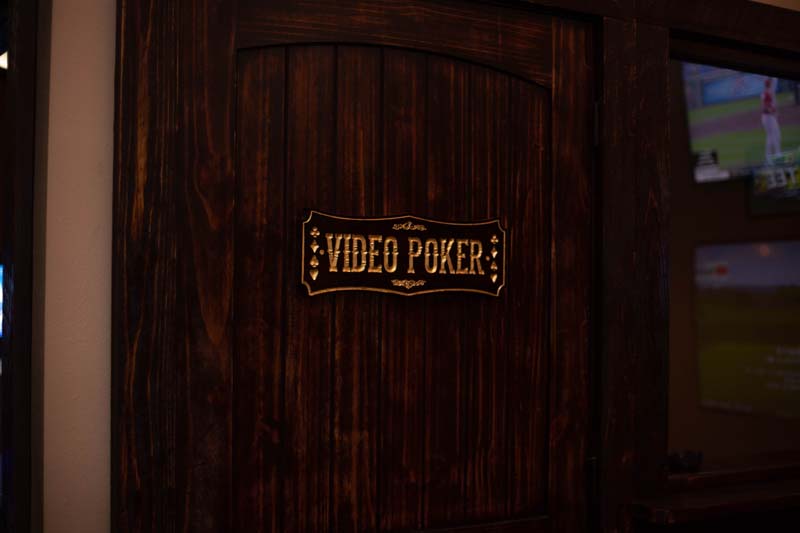

Whitestone also designed the Peterson-Dumesnil House in Crescent Hill.īuilt in 1905, 107-109 W. In the 1950s it contained contracting, accounting and paper manufacturing businesses, and then a coin dealership and a variety of nightclubs. Main held various other whiskey merchants until the mid-1940s. Brown stayed there until 1905, when it moved into a new building next door. Brown & Sons, a predecessor to Brown-Foreman Corp. Thomas and Son, a wholesale whiskey dealership, until 1895, when it was taken over by J.T.S. On a list of Louisville Most Endangered Historic Places, the buildings were slated for demolition in 2011, but an agreement between the city, local developers, and preservationists saved Whiskey Row.īuilt in 1877, this building, designed by Henry Whitestone, originally housed W.H. The collection of Revivalist and Chicago School-style buildings with cast-iron storefronts were built between 18. Main Street that once served as home to the bourbon industry in Louisville, Kentucky. Whiskey Row, also known as the Iron Quarter, refers to a block-long stretch from 101–133 W. Whiskey Row Bourbon is a blend of small batch barrels that mirrors many of those early recipes so that you may enjoy the same flavors that our ancestors enjoyed during the foundation and westward expansion of our nation. Whiskey from upriver was warehoused and blended with Kentucky whiskey on its way downriver to New Orleans and overland to the West. From 1850 through Prohibition, Whiskey Row became the trading center for all spirits distilled in Pennsylvania, Virginia, Kentucky and West Virginia. The stretch of Renaissance Revival buildings located on Main Street in Louisville, Kentucky is locally known as Whiskey Row.


 0 kommentar(er)
0 kommentar(er)
